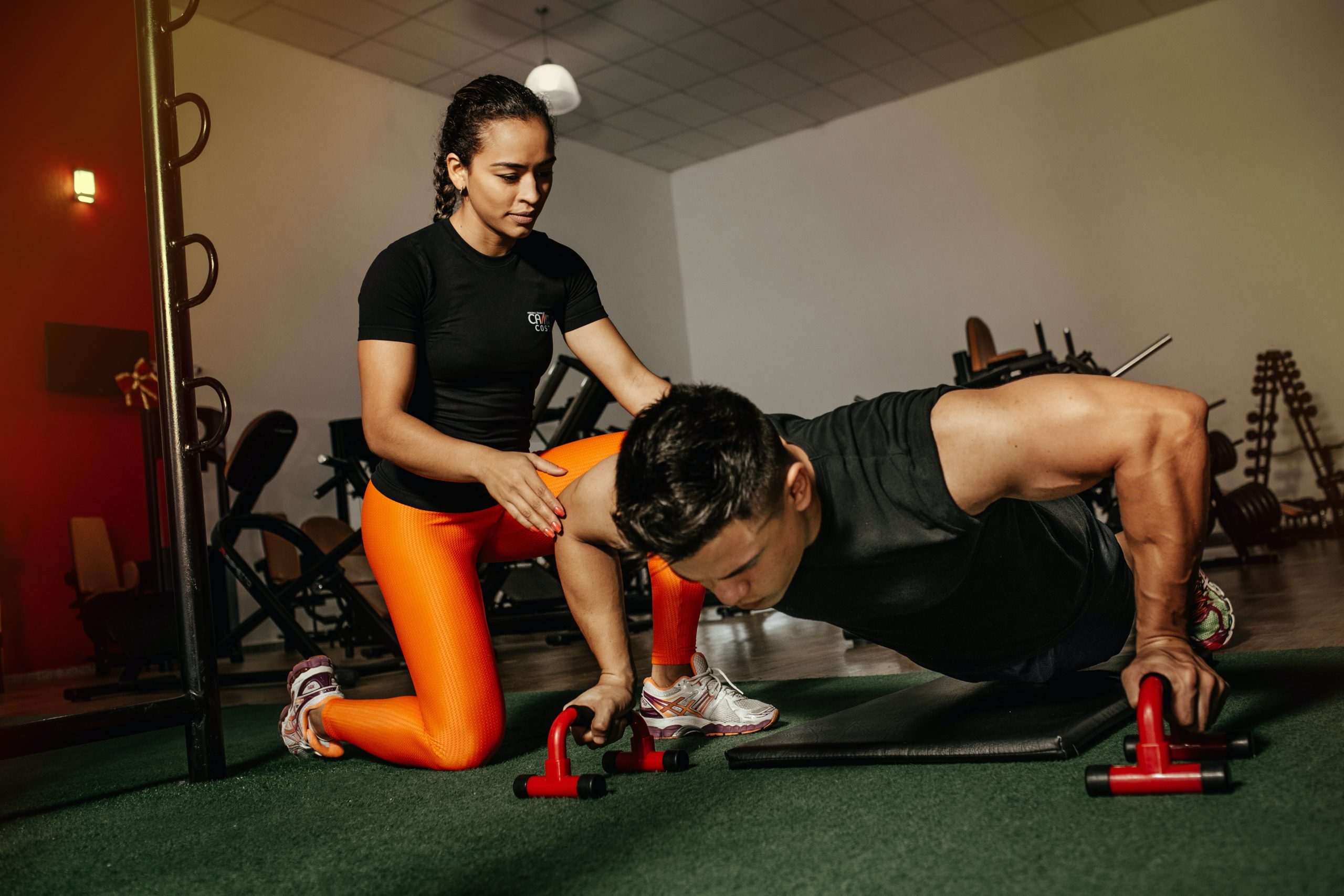
In martial arts, footwork is often the unsung hero of combat. It lays the groundwork for effective techniques and is critical to your success in sparring or self-defence situations. This article will take an in-depth look at martial arts footwork.
The stance
Your stance is the very foundation upon which your footwork is built. It is not just about standing; it is about how you stand. Your chosen martial art will introduce you to different stances, each designed to improve specific aspects of your performance:
- Front stance. It emphasizes a balanced and powerful position, with one foot forward and the other back. It is ideal for steady strikes and a strong defence. Distribute your weight evenly between both legs to maintain stability and power.
- Side stance. It is perfect for quick strikes and evasive manoeuvres. Your feet should be parallel, with your body turned slightly to the side. This stance enables swift lateral movements and rapid changes of direction.
Consistent practice and dedication can refine these techniques and elevate your martial arts prowess to new heights.
The shuffle step
The shuffle step is a fundamental footwork technique that allows martial artists to maintain a stable and ready position while on the move. To execute it, you will slide your rear foot forward or backward while keeping your lead foot in place.
This technique minimizes the risk of overcommitting to a step. It ensures that you can swiftly adapt to your opponent’s movements.
Lateral movement
Lateral movement is an essential component of martial arts footwork. It enables you to create advantageous angles for both offence and defence. Shifting laterally to the left or right can help you evade an opponent’s attacks or position yourself for a powerful counterstrike.
Remember to keep your stance stable as you practice, allowing you to execute techniques effectively and efficiently.
The pivot
Pivoting is a dynamic footwork technique that empowers you to alter your face while maintaining balance. To execute a pivot, shift your weight onto one foot and rotate on the ball of that foot.
This technique is invaluable for quickly repositioning during sparring or setting up kicks and strikes from different angles.
The slide-step
The slide-step is a fluid and seamless footwork technique that minimizes unnecessary movements. It involves sliding one foot forward or backwards while keeping the other in place.
This technique enables quick transitions between offensive and defensive positions, enhancing overall combat efficiency.
Essential martial arts footwork techniques
| Technique | Description |
|---|---|
| Front stance | A balanced and powerful stance, ideal for steady strikes and a strong defenсe. |
| Side stance | Emphasizing mobility and agility, suitable for quick strikes and evasive manoeuvres. |
| Shuffle step | A controlled sliding movement to maintain balance while in motion. |
| Lateral move | Side-to-side movement to create angles for attack or defence. |
| Pivot | A rotation on one foot to change direction while maintaining balance. |
| Slide-step | A seamless sliding motion to transition between positions, enhancing efficiency. |
Conclusion
Martial arts footwork is a dynamic and essential element of combat. Mastery of these techniques can give you a significant advantage in sparring and self-defence scenarios. Practice, consistency, and refinement of these footwork skills are crucial to becoming a proficient martial artist.
Are you ready to elevate your martial arts skills through precise footwork? Embark on your journey to mastery by integrating these footwork techniques into your training routine.

